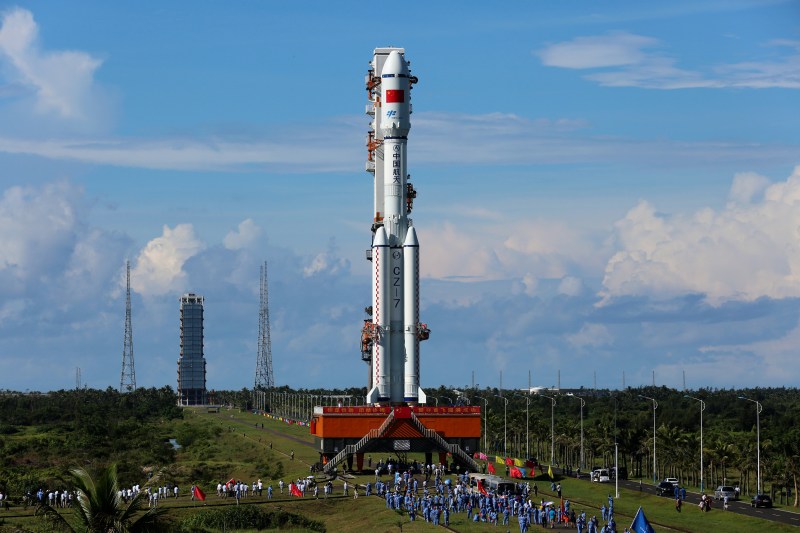Featured image credit: Xinhua News
Lift Off Time | May 4, 2022 02:38 UTC | 10:38 BJT |
|---|---|
Mission Name | Jilin-1 Wideband-01C & High Resolution 03D-27 to 33 |
Launch Provider | China Aerospace Science Corporation (CASC) |
Customer | Chang Guang Satellite Technology Corporation |
Rocket | Long March 2D |
Launch Location | LC-9, Taiyuan Satellite Launch Center, China |
Payload mass | Unknown |
Where did the satellite go? | Sun-Synchronous Low-Earth Orbit, TBD |
Did they attempt to recover the first stage? | No, the Long March 2D is not capable of booster recovery |
Where did the first stage land? | It crashed into the ocean |
Did they attempt to recover the fairings? | No, the Long March 2D is not capable of fairing recovery |
Were these fairings new? | Yes |
This was the: | – 59th launch of the Long March 2D – 49th orbital launch attempt of 2022 |
Where to watch | Unofficial Replay |
What’s This All Mean?
The China Aerospace Science Corporation (CASC) successfully launched eight Jilin-1 Earth observation satellites to low-Earth polar orbit. The satellite was successfully placed into orbit by a Long March 2D, which launched from the Taiyuan Satellite Launch Center, in China.
Jilin-1 Satellites
The Jilin-1 constellation is a set of high definition video remote sensing satellites in low-Earth polar orbit. Currently, there have been over 45 Jilin-1 satellites launched; China would like to increase this number to 138 by the end of 2030. The constellation is China’s first consumer Earth observation satellite, used to help in disaster relief.
The four Gaofen 03D satellites launched are optical systems that have a number different resolutions. One of these elements allows for a resolution of 0.75 meters, and the other is 3 meter resolution.
What Is The Long March 2D?
The Long March 2D (also known as the Chang Zheng 2D, CZ-2D and LM-2D), is a two-stage rocket, predominantly used for launching satellites to low-Earth orbit (LEO) and Sun-synchronous-orbit (SSO). The Long March 2D is a two-stage version of the Long March 4, and is the smallest of all the active Long March rocket series.
The rocket’s maiden flight was on August 9, 1992, and it has since had a near perfect launch history, with the only incident being a partial failure on December 28, 2016.

First Stage
The first stage is 27.91 m in length, and uses four YF-21C engines. YF-21C is the name given to the engine when it is part of a module comprised of four YF-20C engines. The engines burn dinitrogen tetroxide (N2O4) and unsymmetrical dimethylhydrazine (UDMH) in a gas generator cycle. Each engine produces 731 kN of thrust at sea level, with a specific impulse (ISP) of 259 seconds. In vacuum this is 816 kN of thrust with an ISP of 289 seconds.
Second Stage
The second stage is 10.9 m in length, and uses one YF-24C engine, which similarly to the first stage engines, burns dinitrogen tetroxide (N2O4) and unsymmetrical dimethylhydrazine (UDMH) in a gas generator cycle. The name YF-24C means it is part of a module comprising a YF-22 engine and a YF-23 vernier.





